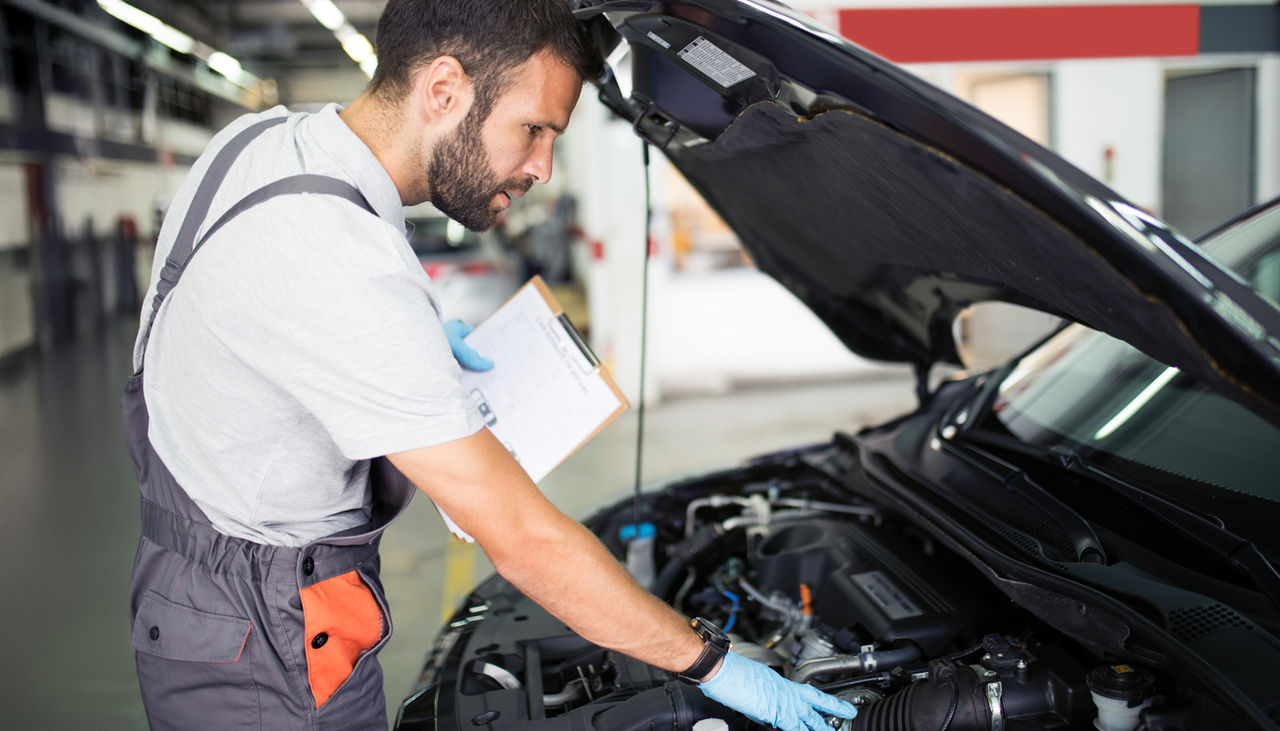To ensure you receive the best service possible,
please enter your zip code below:

No matter how much you paid for your vehicle, it’s a major investment. And like any investment, the better you care for it, the more it will pay off in reliability, safety and performance. Skip regular maintenance, though, and that investment can quickly turn into a costly burden.
Fortunately, you don’t have to be a car expert to keep things running smoothly. Automakers provide recommended service intervals based on mileage, not just age, because driving puts wear and tear on your car no matter the season.
That’s why milestone services at 30,000, 60,000 and 90,000 miles are key. These scheduled checkups include specific maintenance tasks designed to prevent major issues down the road.
As your car racks up miles, its maintenance needs will grow—but following these benchmarks can help ensure it stays dependable mile after mile.

Your car’s first milestone scheduled service is 30,000 miles. This service includes a thorough inspection and replacement of various fluids, filters and other key components to ensure continued performance and prevent any future issues from arising.
The service also includes simple checks that will help you catch big problems early in the life of your vehicle. The 30,000-mile service is all about protecting your vehicle’s longevity and keeping you safe on the road.
Here’s a breakdown of inspections, replacements and services most manufacturers recommend at this mileage point:
Ready for your 30,000-mile service? Work with a trusted brand like AAA to keep your car running smoothly.
Find a location near you
The 60,000-mile mark is a key milestone in your car’s lifespan. By now, your vehicle has logged serious miles, whether through daily commutes, road trips or weekend errands.
That kind of use means more wear and tear, so this service check is typically more comprehensive than the 30,000-mile service. At this stage, preventive care is crucial to avoid major repairs later.
Here’s what you can typically expect for 60,000-mile scheduled maintenance. Mechanics will look at everything typically reviewed at 30,000 miles, plus the following will be added:
Did you hit 60,000 miles on your vehicle? Time for scheduled maintenance? Work with AAA to keep your car running smoothly well past the 60,000 mile mark!
Find a location near you
By the time your vehicle reaches 90,000 miles, it’s already been through years of driving, wear and environmental exposure. Even if it’s still running smoothly, this milestone is a turning point—and staying on top of critical maintenance now can help ensure it keeps going strong for another 90,000 miles.
Here’s what typically needs to be addressed at the 90,000 mark:

Staying on top of your vehicle’s 30,000-mile, 60,000-mile, and 90,000-mile services is one of the smartest ways to protect your investment. These services play a vital role in preventing costly breakdowns, maintaining optimal performance, and maximizing fuel efficiency. Each milestone is designed to address wear and tear based on how much you drive, not just how old your car is.
From fluid flushes and spark plug replacements to timing belts and suspension checks, these services help catch small problems before they become major repairs. With proper planning, scheduled maintenance turns into a predictable, manageable expense rather than a surprise repair bill.
Keeping up with these intervals can extend your car’s life, improve resale value, and ensure you stay safe and road-ready for the miles ahead.
Car maintenance
You can trust AAA to help. AAA Members receive a free vehicle maintenance inspection upon request with any paid service at a nearby AAA-owned Car Care center or AAA Approved Auto Repair facility, a 36-month/36,000-mile guarantee on repairs at AAA-owned Car Care locations, and a 24-month/24,000-mile warranty at AAA Approved Auto Repair facilities. Members also receive a 10% discount on repair labor (save up to $75).
These services are highly recommended to prevent expensive repairs, maintain performance and extend your vehicle's lifespan.
It typically includes oil and filter changes, tire rotation, fluid checks and inspections of belts, hoses, brakes and more
Additional services like transmission fluid change and more in-depth brake and fuel system inspections are often included.
This milestone often includes major replacements such as the timing belt and water pump, plus deep inspections and full fluid flushes to prepare your vehicle for higher mileage.
Skipping or delaying service can lead to more costly repairs down the road. Planning ahead helps make them manageable, predictable expenses.